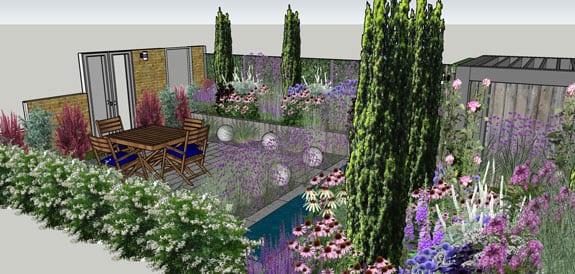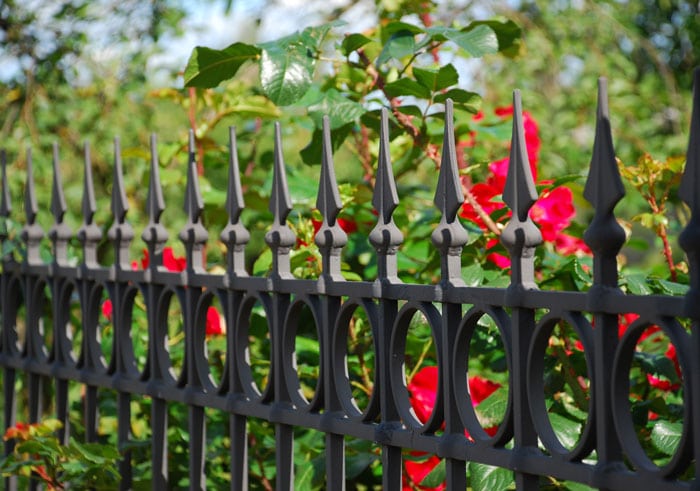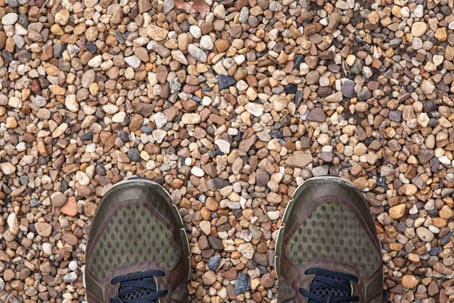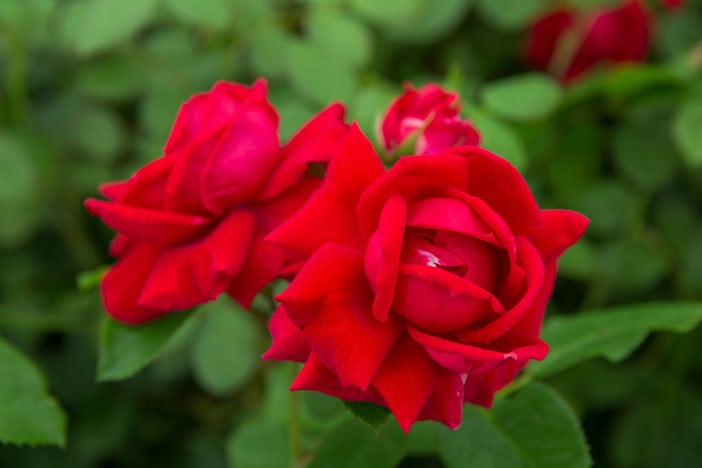Fewer Pests, Earlier Crops And Tastier Pickings! As allotment holders struggle to keep their crops watered, expert Mike Thurlow offers 7 plus points about home-growing in a heatwave.
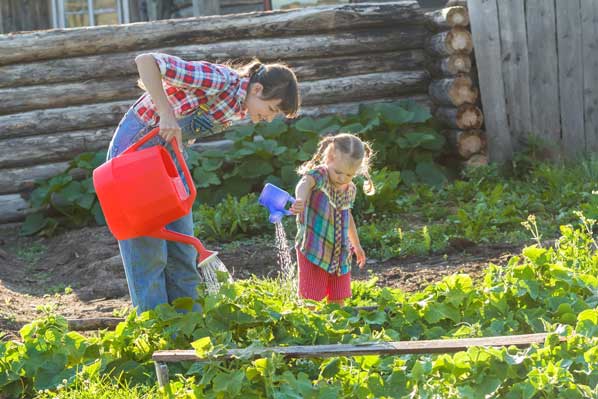
The long, dry summer may have been a struggle for allotment holders battling to keep up with watering – but hot weather is also keeping some garden nuisances at bay.
As National Allotments Week beckons, horticultural expert and allotment holder Mike Thurlow, of the National Allotment Society, says there are some advantages of a hot, sunny summer to ‘grow your own’ gangs nationwide, provided you keep your crops well watered.
1. Fewer aphids
“The heatwave seems to have slowed the insect population down. On the open ground, there haven’t been as many aphids. We had a short burst of greenfly earlier on in the year, which came to nothing, and not much since then,” he observes. “Just be aware that aphids have a second burst of activity towards the end of summer, so be prepared.”
2.Slugs have gone underground
“We haven’t had as many slug and snail problems this year, as they’re likely to have gone underground, but once it cools, there will be more, so you need to be vigilant when the rain arrives.”
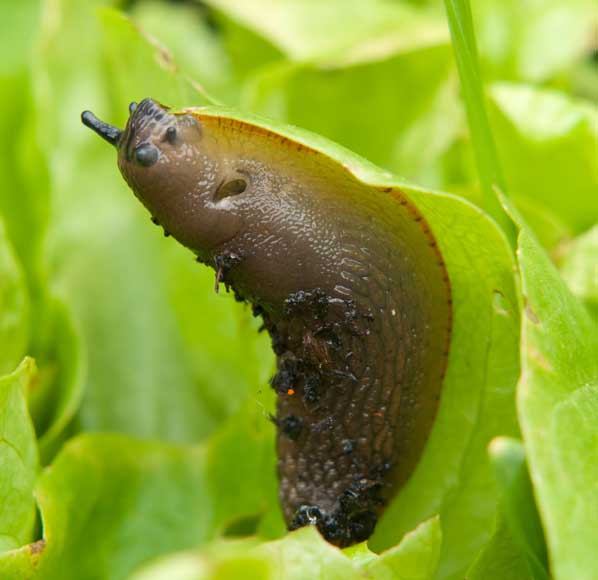
3. Less blight
If you water erratically, your tomatoes may still succumb to blossom end rot (where they turn brown at the base and split). But the dryness of the weather will prevent blight, says Thurlow, because blight thrives in humid, damp weather, when the spores become mobile.
Water your crops directly at soil level, taking the rose off the watering can if necessary, and give tomatoes and other plants one good soaking that you know will last a couple of days. When watering potatoes and tomatoes, try to keep the foliage as dry as you can.
4. Earlier crops
Gardeners should be enjoying the fruits of their labour earlier than usual because of the heatwave, he says. Harvest your crops young before they bolt (set seed) and produce flowers, which many of them will be doing early because of the hot weather.
“If it looks good enough to eat, then cut it, because the next day it might run to seed,” Thurlow advises.
5. Cut and come again
If you cut crops early, some may return for a second harvest, he predicts.
“Peas may have gone to seed prematurely, but if you cut them down they will regrow, so it may be worth considering leaving them in the ground – which you should do anyway, as they are a nitrogen source – but once the cooler weather kicks in and you keep the watering going, you may well catch a late crop.
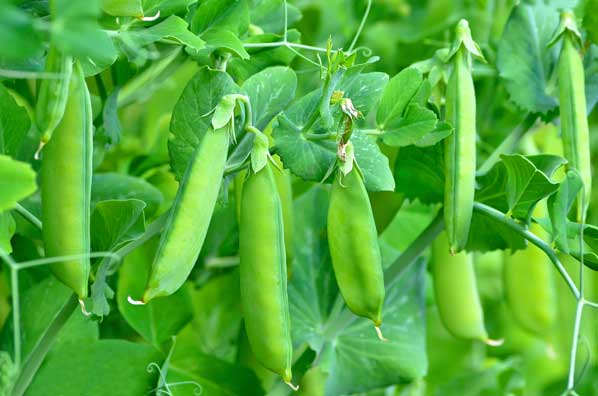
“With brassicas – such as broccoli and winter cabbage – if you cut them and leave the stump in the ground, you get little florets coming off those. Then come October, you might have four little cabbages coming off that stump.”
6. Tastier crops
Provided watering is kept up, sun lovers (such as peppers) may have a more intense flavour, says Thurlow.
“We may notice that we have more intense flavour in some produce, because they’ll ripen in the heatwave.”
7. Early sowing opportunities
“Start sowing early varieties of carrot, beetroot and lettuce. Water along a drill incorporating seaweed in the water. You never know how long it will be until the autumn weather.
Plants which you sow now – brassicas such as spring cabbage and some kale – may have enough time to become established if the warm weather continues, to see them through winter.
Other plants such as Florence fennel, which would normally be sown later in the season, could be sown now and, although smaller, the bulbs may be ready by late October or November.
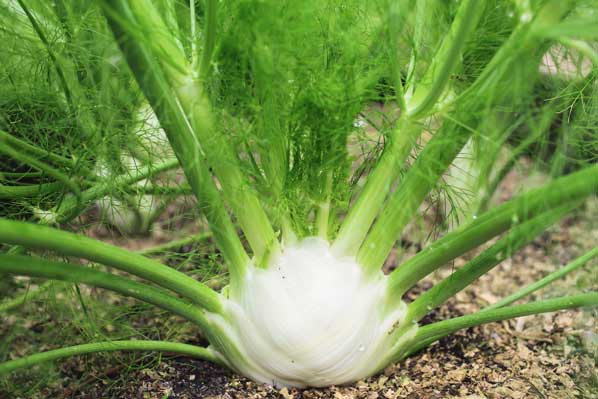
Prioritise crops which will take you through the winter. Brassicas will have been stressed with this weather – Brussels sprouts, broccoli, kale and winter cabbage. If you have crops which normally take longer to mature, harvest them while they are young.
“One of the major difficulties now is going to be your overwintering crops,” says Thurlow. “You need to get them into a position where they will survive the winter without running to seed.
“It’s not too late to sow spring cabbage. Just have a go. If the heat continues, we may have enough growing time left into the autumn where we can get plants into a condition where they will survive the winter.”
National Allotments Week runs from August 13-19. For details visit nsalg.org.uk.
Find out if your garden is adding value to your home, with a free no obligation valuation and market insight this summer.

